
Medical miracle just laying around
ROTTING AWAY
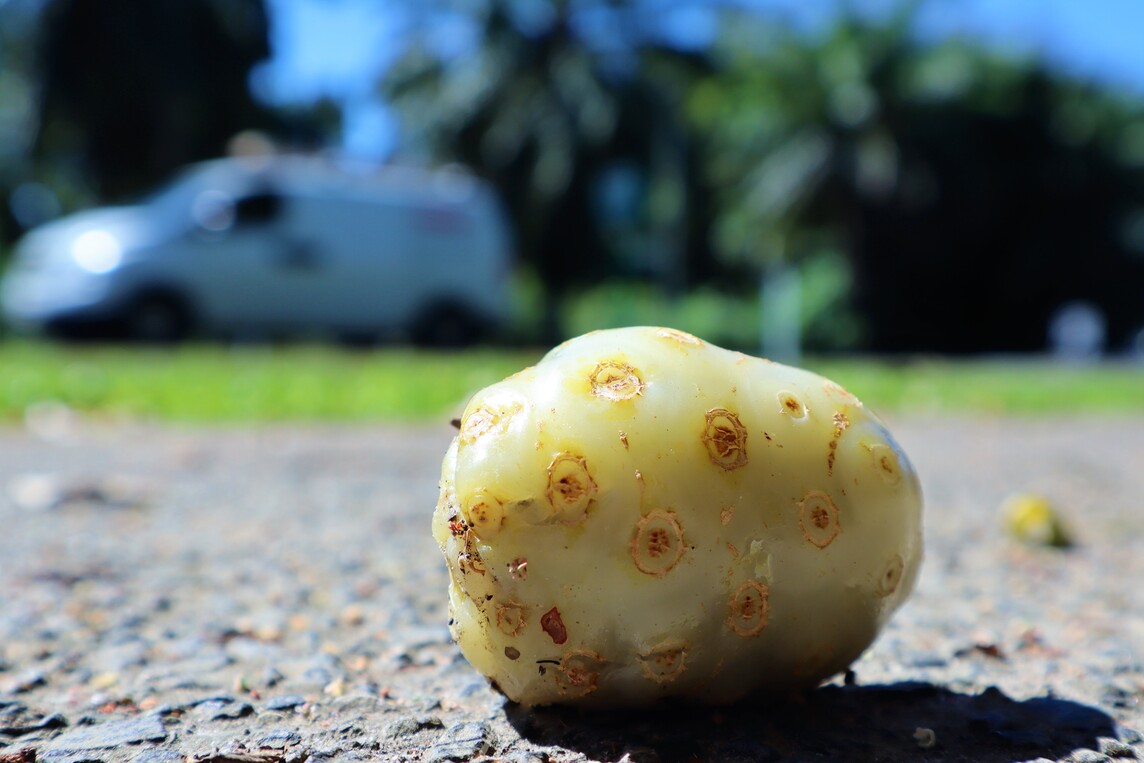
It’s hard to imagine one could have anything nice to say about a fruit that has names like Vomit Fruit and Cheese Fruit, and its smell being likened to a cross between Blue Vein cheese and old rotten socks BUT this odd looking, smelly Noni fruit is rumoured to cure everything from stone-fish wounds to coral cuts to digestive upsets to diseases.
A concoction from the bark, leaves, roots, and fruit can even be consumed as a drink. The odour has led to nickname of the 'starvation fruit' since you would have to be starving to eat it. There are heaps of Noni fruit (Morinda Citrifolia) laying about the Shire right under our nose. If you’re very brave you can certainly sniff them out. I made the mistake of touching one with my bare hands and had to wash them several times to get the rotten smell off.
The scent lingers in the air, remains on clothing, leaving an unforgettable sensory experience. Here in Port Douglas, it’s found rotting away on footpaths, pathways and in the undergrowth. Barrier Street seems to be a favourite place to see them on the ground in all their pungent glory.
Full of goodies
According to some medical experts, Noni fruit is a source of potassium to balance fluid levels within the body, Vitamin C to strengthen the immune system, antioxidants to reduce inflammation, and contains other nutrients, including vitamin E, biotin, phosphorus, iron, and magnesium.
In natural indigenous medicines, Noni fruit has been used to treat many ailments from ulcers, digestive issues, diabetes, to arthritis. In Polynesia the fruit is often smashed with sea salt and applied topically on skin wounds to relieve pain and inflammation. White, ripe fruits were also mashed with water and gargled to soothe sore throats, spread over skin irritations, or used on sores around or in the mouth.
From personal experience I can tell you Noni juice is brilliant on minor burns. Some consumers (heavily mixed with other juices) drink the juice daily. One company out of the U.S. has been bottling the juice for decades and distributing it worldwide, including down under.
In the first dozen years of its commercial marketing, more than 106 million litres of Tahitian Noni Juice, mixed with grape and blueberry juice, was consumed in more than 80 Countries. Noni juice was one of the first whole foods approved under the European Union’s 1997 novel food regulations.
A rich history
Noni fruit was one of twenty-four plants carried with the Polynesians on their oceanic journey across the Pacific Ocean to Hawaii. Noni was chosen as one of the vital plants as the bark of the tree could be used as a natural dye for fabrics and paper, the leaves, bark, and fruits were used in natural medicines.
When the Polynesians arrived in Hawaii, Noni fruit trees were planted throughout the islands and became
deeply intertwined into the spiritual, medicinal, and cultural practices of the settlers. Polynesians believed Noni fruit was a gift from the gods.
The fruit is native to the tropical islands surrounding New Guinea and further down to our region. In the modern-day, scientists have begun studying Noni fruit as a nutritional supplement, and several countries worldwide are cultivating the fruit for use in juices, powders, cosmetics, and soaps.
Smelly fruit is just the beginning
Yes, even giant hardware and garden centre chain Bunnings are touting the benefits of growing Noni fruit at home, with a section devoted to Morinda Citrifolia. They advise the following suggestion for planting.
Plant in full sun in a soil enriched with compost and well-aged manure. Do not plant too close to buildings
or paths, as the vigorous root system can be problematic in some areas. Noni is a large tree or shrub, so allow enough space for the plant to develop.
Dig a hole twice the size of the pot and backfill a little soil so that the final height of the tree is the same as it was in the pot. Backfill and firm down the soil. Water to remove air pockets around the roots. Mulch to reduce weed growth and competition.
Caring for Noni fruit
Regular watering (2–3 times a week) is required during establishment. Once established, water only during lengthy periods of drought, or in hot dry weather.
There you have it.
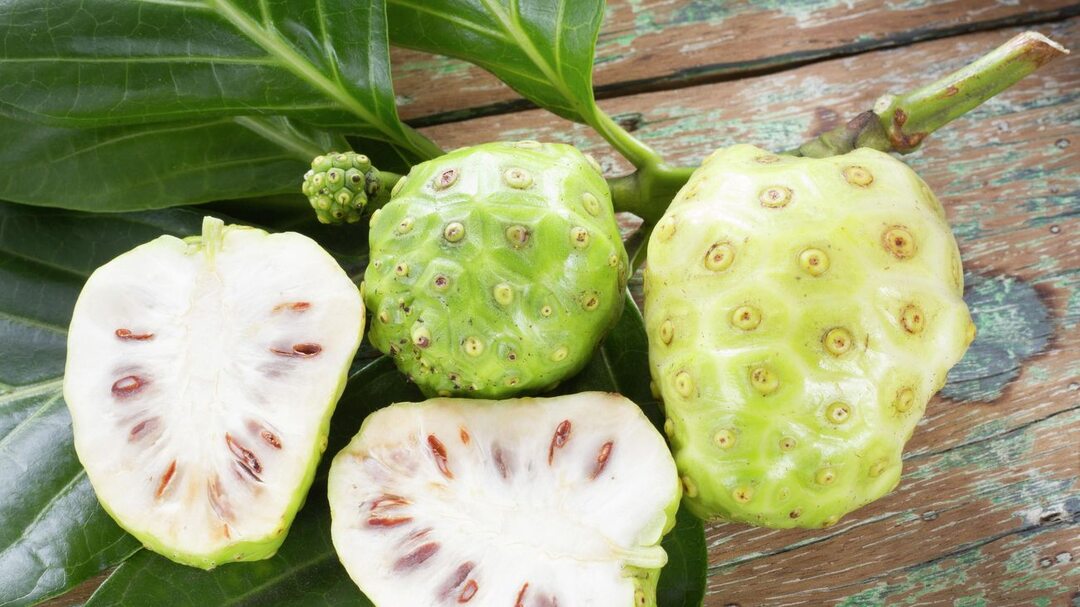
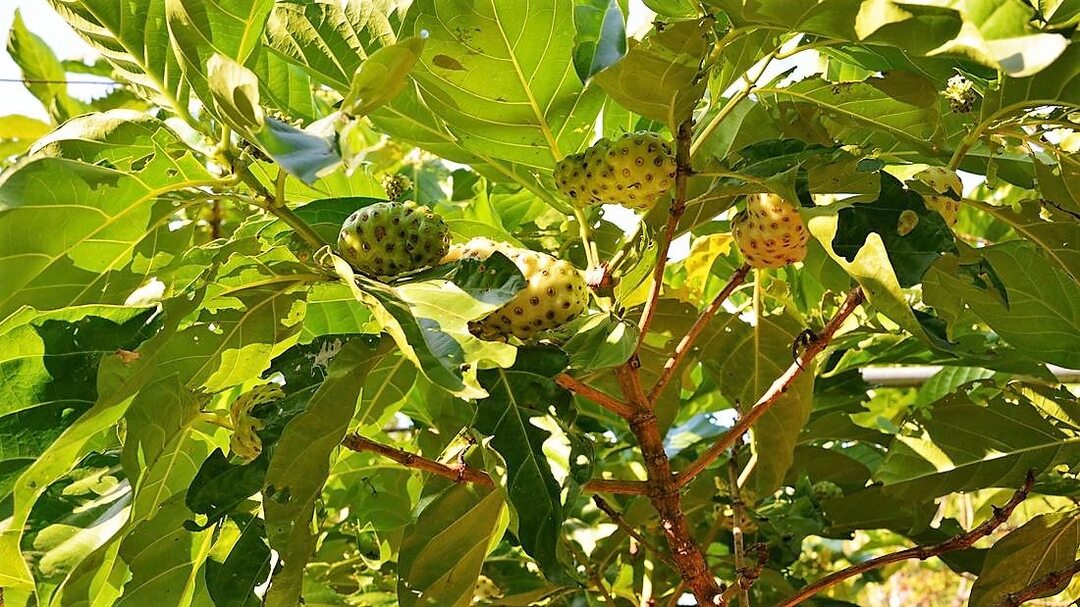
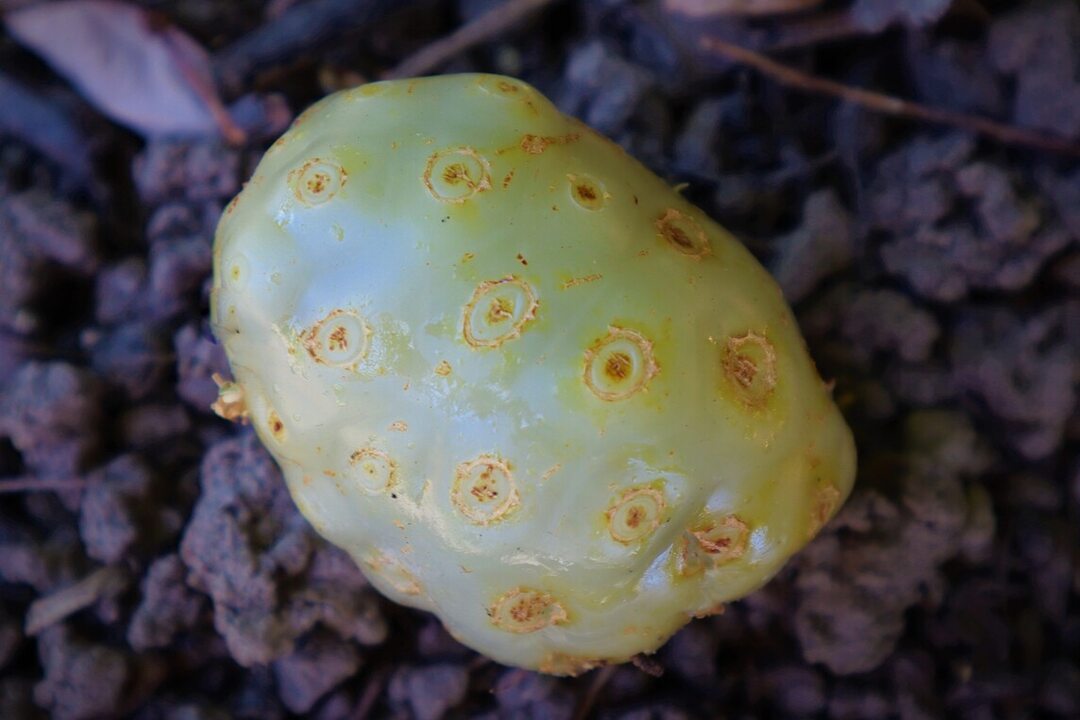
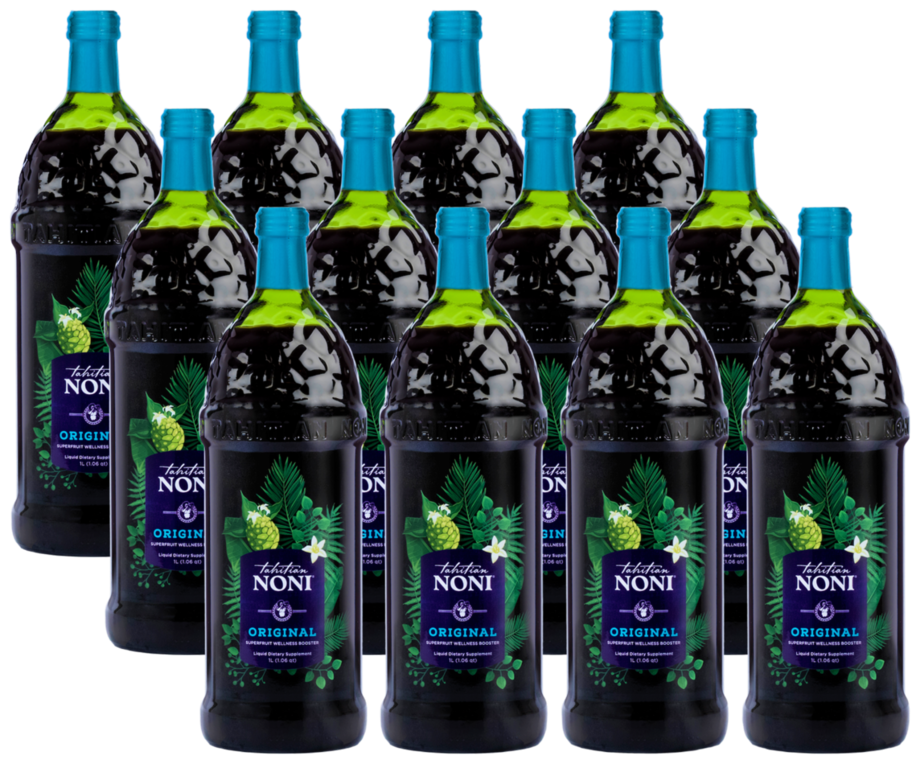
Thank you!
Newsport thanks its advertising partners for their support in the delivery of daily community news to the Douglas Shire. Public interest journalism is a fundamental part of every community.
Got a news tip? Let us know! Send your news tips or submit a letter to the editor here.
* Comments are the opinions of readers and do not represent the views of Newsport, its staff or affiliates. Reader comments on Newsport are moderated before publication to promote valuable, civil, and healthy community debate. Visit our comment guidelines if your comment has not been approved for publication.
